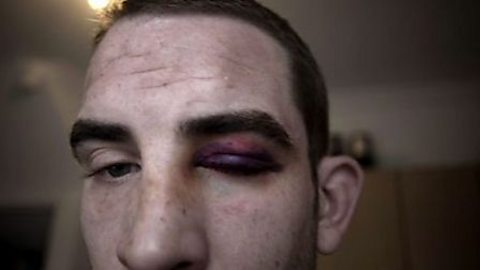We are all born with a shield which protects us from the dangers of the outside world. It's our first line of defence - our skin. Your skin is amazing. The largest organ in your body - up to two meters squared. Each centimetre of skin is built from ten million individual cells. This tiny square bristles with over 100 hairs. And packs 100 sensors that can detect the lightest of touches. But it must also act as an impenetrable barrier.
Because your skin is covered in millions of bacteria. If they get inside your body, your warm, moist tissues will provide the perfect environment for them to take over. What prevents them getting in is the clever way your skin is constructed. Skin cells lock together like armour plates. And it's not just passive protection; your skin is constantly pushing outwards. New layers grow underneath the old and push the surface layers away. This constant shedding prevents most microbes from getting a permanent hold. However, it also means you lose 30,000 skin cells every day. This time next month, you'll have replaced all the skin on your body.
But your skin doesn't just protect you from living organisms. It also needs to keep your internal organs safe from getting dehydrated. At the base of every hair on your body is a tiny gland known as a sebaceous gland. It protects you by squeezing an oily substance called sebum onto the surface of your skin. Sebum is what makes your hair greasy and what gives you spots and makes your skin waterproof. This oil helps to prevent fluids inside your body from evaporating into the air, which can cause dehydration.
Your skin is constantly working in two directions. Firstly, to stop bacteria from getting into your body. And secondly, to protect the organs inside your body from drying out. It's a perfectly-engineered protective layer.
Video summary
This short film provides a close-up look under your skin, focusing on two key functions of the skin - protecting the body from pathogens, and stopping the body from drying out.
The video shows close up images of bacteria and macrophages, as well as sebum secretion.
This short film is from the BBC series, Inside the Human Body.
Teacher Notes
Your class could try and create a model of skin using different materials.
How can they keep water in and invaders out? What properties would their materials need to have?
They could also investigate the part skin plays in homeostasis, concentrating on the regulation of temperature and water.
Skin could be studied as a sensory organ and practical investigation could be carried out into the density of touch receptors in different parts of the body.
This short film will be relevant for teaching biology at KS3 and KS4/GCSE in England, Wales and Northern Ireland and National 4/5 in Scotland. Appears in AQA, OCR, EDEXCEL, CCEA, WJEC, SQA
How humans see. video
This short film looks at how humans perceive the world and how our brain creates an image of what is around us. A real-life example of a blind climber who uses his tongue to see is shown.
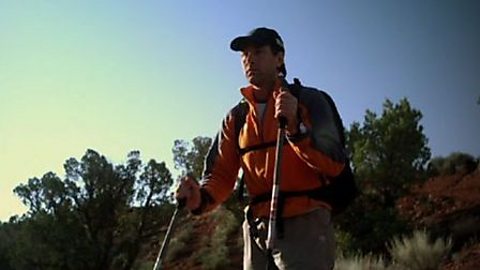
Human circulation. video
This short film takes us on a journey around the circulatory system using the example of a baby's first breath.
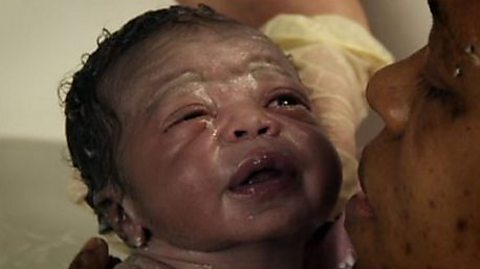
Human circulatory and digestive system. video
This short film offers a look at respiration and a tour around the circulatory system and digestive system in the human body, through blood vessels and into mitochondria.
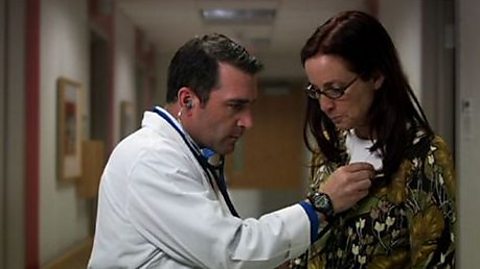
Human fertilisation. video
This short film uses CGI footage to help give a visual description of the process of human fertilisation, following the journey of both sperm and egg.
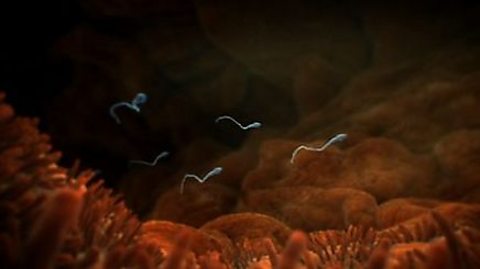
Human immunity and defence. video
Using CGI, this short film gives students a look at the inner workings of the immune system, focusing particularly on how the body fights off viruses.
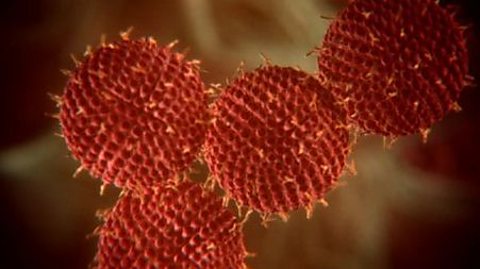
Pregnancy and multiple births. video
From a single fertilised cell to a fully grown baby, this short film mixes CGI with real-life images to paint a picture of how we develop inside the womb.
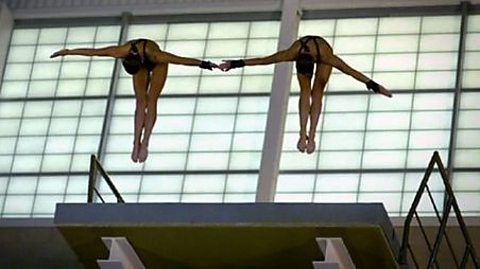
Skin and sweating. video
This short film combines CGI images with a real life story about a fire-fighter to show how the body manages to control temperature by sweating.

The human ear. video
This short film provides a journey into the ear, looking at hearing and balance, plus a real-life example of how the ear helps us to walk.
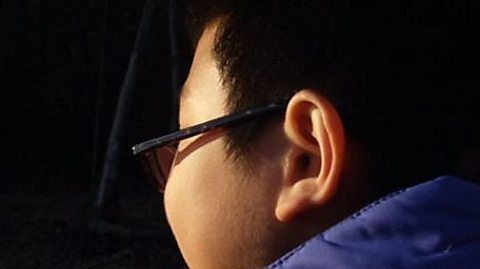
The human eye. video
This short film offers a depiction of the inner workings of the human eye by combining CGI with a real life story of divers who can see clearly underwater.
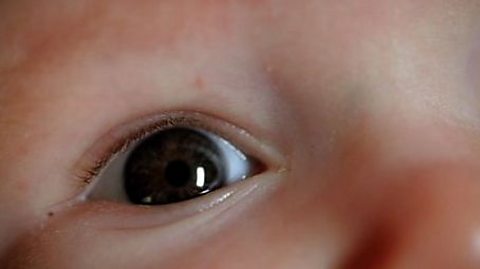
The human heart. video
This short film uses 3D CGI images to show the movement of blood through the chambers of the heart and also the pacemaker cells.
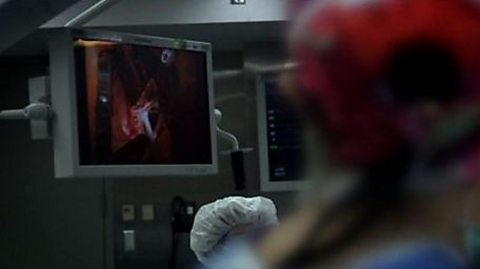
How humans heal themselves. video
This short film offers a look at how the body heals itself. Combining CGI scenes with real life action in the boxing ring, it follows the progress of a boxer's black eye.
